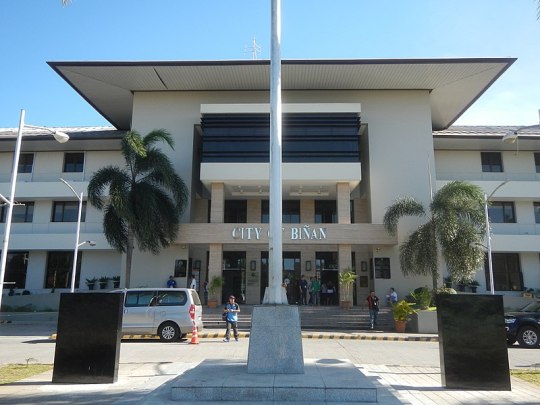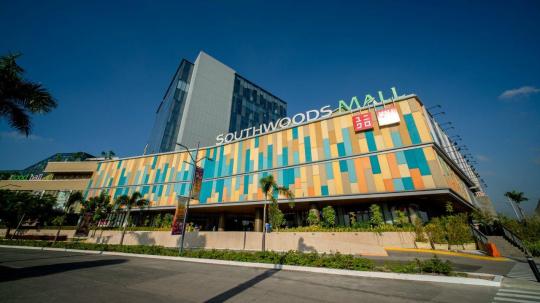Text
Notable Biñan facts:
• Shaped like a number 7, Binan’s total land area is 43.5 square kilometers and is the second city or town in Laguna if you’re coming from Manila. It is bounded by San Pedro City in the north, Santa Rosa City in the south, the town of Carmona in Cavite in the west and Laguna de Bay to the east.
• Binan’s population as of the 2015 census is 333,028, making it the fourth-most-populous city or municipality in Laguna after Calamba, San Pedro and Santa Rosa.
• Binan has 24 barangays, all classified as urban, with Barangay San Francisco the largest in terms of land area and Barangay Casile the smallest.
• Spanish Captain Juan de Salcedo discovered and founded Biñan in June 1571, one month after Miguel López de Legazpi established Manila, when he explored Laguna de Bay, the largest freshwater lake in the Philippines and second-largest in Asia.
• Despite its cityhood, Binan still has about 220 rice farmers, 240 vegetable farmers, and about 25,000 fishermen, who take their produce every week to the public market in front of Plaza Rizal.
• The city is known for “Puto Binan,” a pancake made from rice flour topped with cheese or butter. Residents say the best makers of Puto Binan are in Barangay San Vicente.
• Binan’s Barangays Dela Paz and Malaban host several skilled shoemakers and slipper manufacturers, and Barangay Platero has well-known “sombrero” or hat makers.

0 notes
Video
youtube
Highly recommend you watch this
0 notes
Text
How Biñan got its name

Anecdotes about the name Binan had originated from the name of a big tree called Banyan or Banian (Ficus Bengalensus; Urtika Crae). Since the tree was unusual to the place and people had not heard of it, it was then disregarded. In Greece, “Banyan” means trader or “Mercader,” which then changed to Binan. Others believe that Biñan came from the word “Binyagan” which means baptized or baptismal place. During the Spanish Era, the town was named Parochia de San Isidro de Biñan, which is now the emblem of the church.
0 notes
Text
Biñan: The City of Life Vibrant, Historic, and Progressive
Unless they live in Laguna province, most Filipinos’ first encounter with the City of Binan is through the history books. Most record the fact that Dr. Jose Rizal, our national hero, first came to the town in June of 1869 with his elder brother Paciano to stay at their aunt’s house near the town proper.In Binan, Rizal received his first formal education from Maestro Justiniano Aquino Cruz, who after 18 months of teaching the brilliant young man advised Rizal to continue his education in Manila.The rest as they say is history, and today Rizal Day, celebrated to mark the anniversary of the national hero’s execution at the hands of Spanish authorities in 1896 Plaza Rizal stands at the center of Binan as a lasting reminder of the town’s link to his life and legacy. A plaque of recognition was also bestowed on the house of Rizal’s aunt where he stayed.Binan at presentThe hero would probably be proud of present-day Binan, Laguna’s third-largest in terms of population after Rizal’s native Calamba and Santa Rosa, as it was the country’s richest municipality before assuming cityhood in 2010.
0 notes
Text
Top Attractions in Binan City
1. Splash Island

2. Southwoods Mall

1 note
·
View note